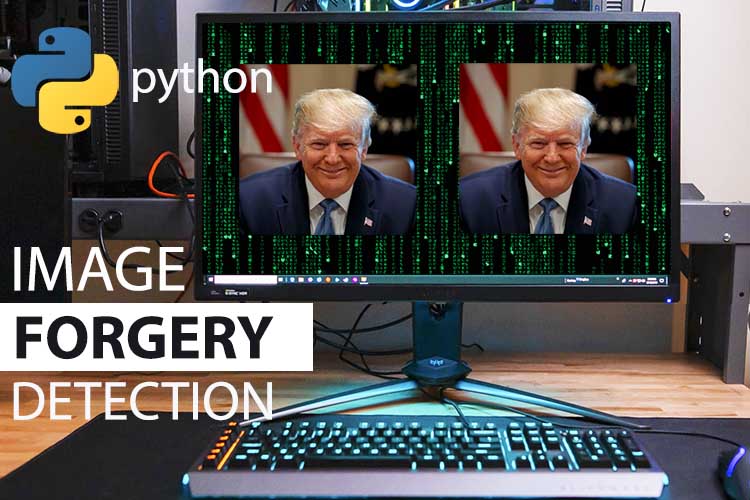Download Project Document/Synopsis
Following the explosion of social networking services, there has been a monumental increase in the volume of image data. Moreover, the development in image processing software such as Adobe Photoshop has given a rise to doctored images. Such doctored images can be used for malicious purposes such as spreading false information and inciting violence. This image forgery detection project allows users to detect even the slightest signs of forgery in an image. This project is developed using the Django framework with Python as programming language.
Step1: We use Opencv to read image1(the original image)
Step2: We use Opencv to read image2(the image to be tested)
Step3: Both the images are encoded using md5 hashlib
Step4: The encodings are compared, if the images are same then the encodings will also be same and hence no forgery has happened else forgery has happened
Step5: Result is displayed on the admin page
Advantages
- Useful to detect doctored images or signs of forgery in photos.
- Easy to use.
- Maintains security by ensuring only Admin can see the results of the image analysis.
Limitations
- Wrong inputs will affect the project outputs.
- The image processing time is a bit high.



